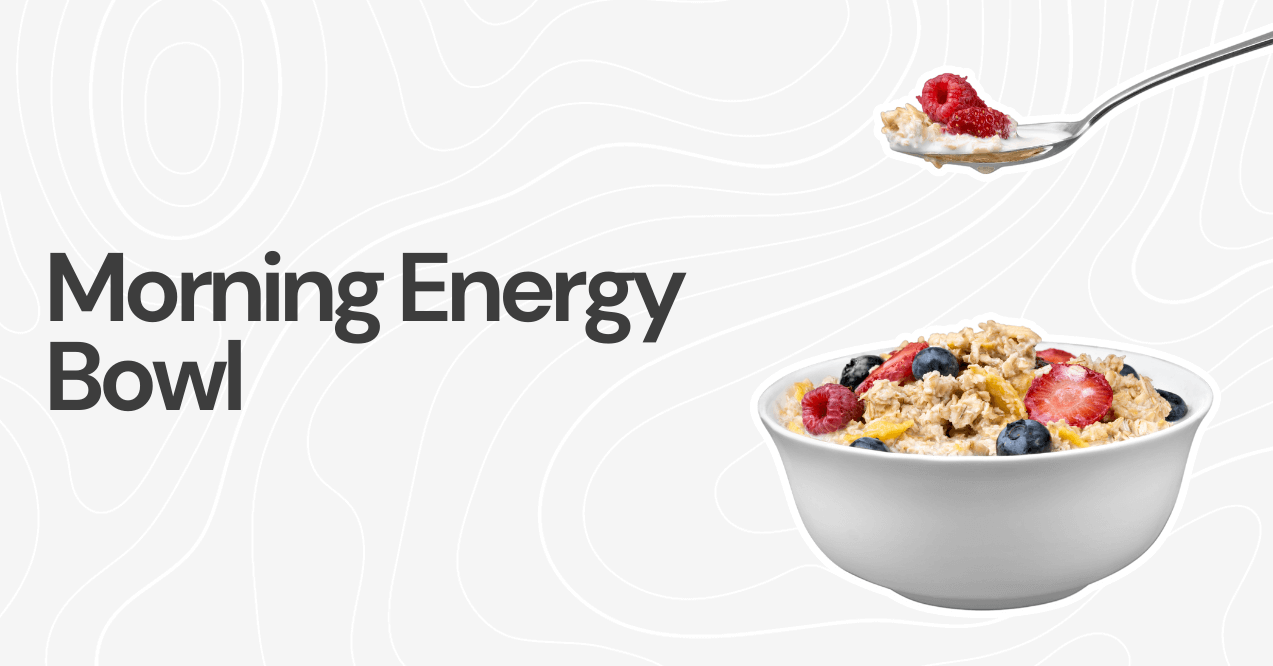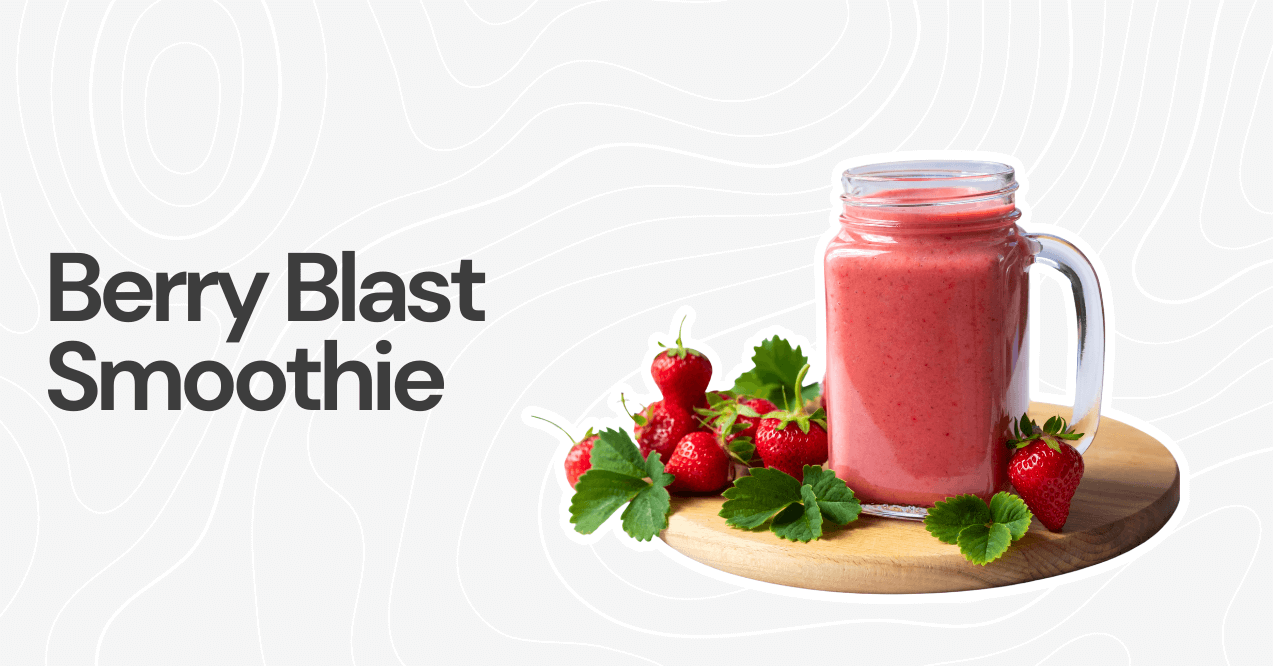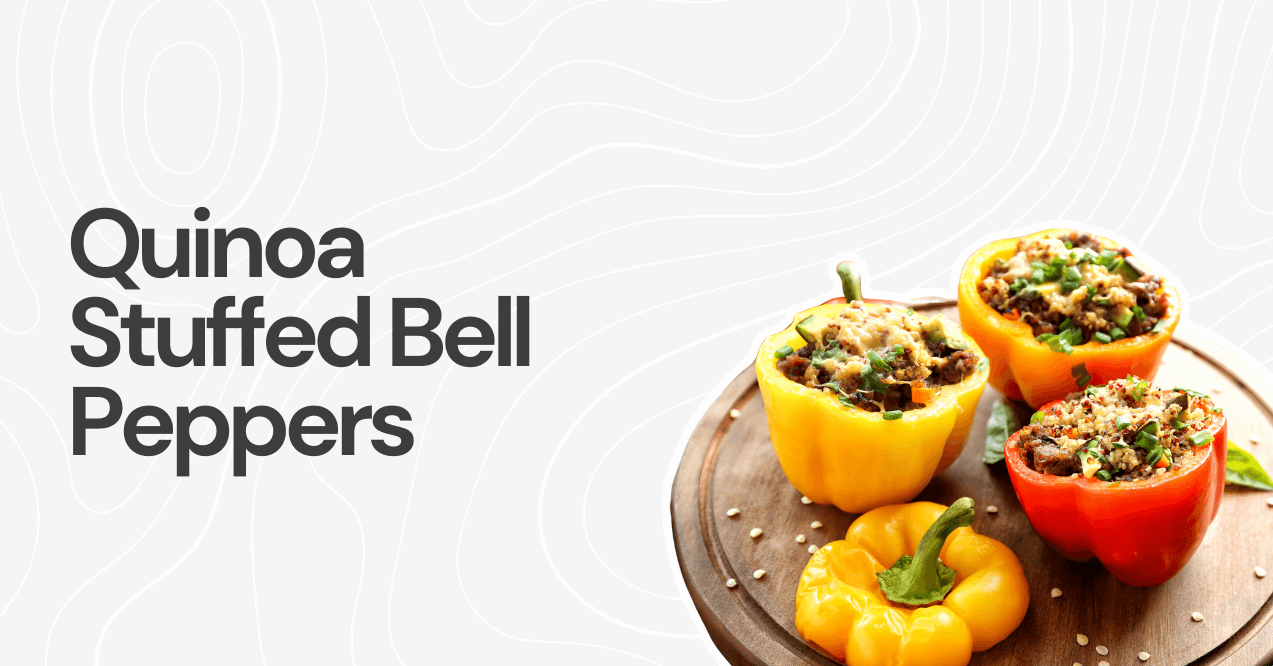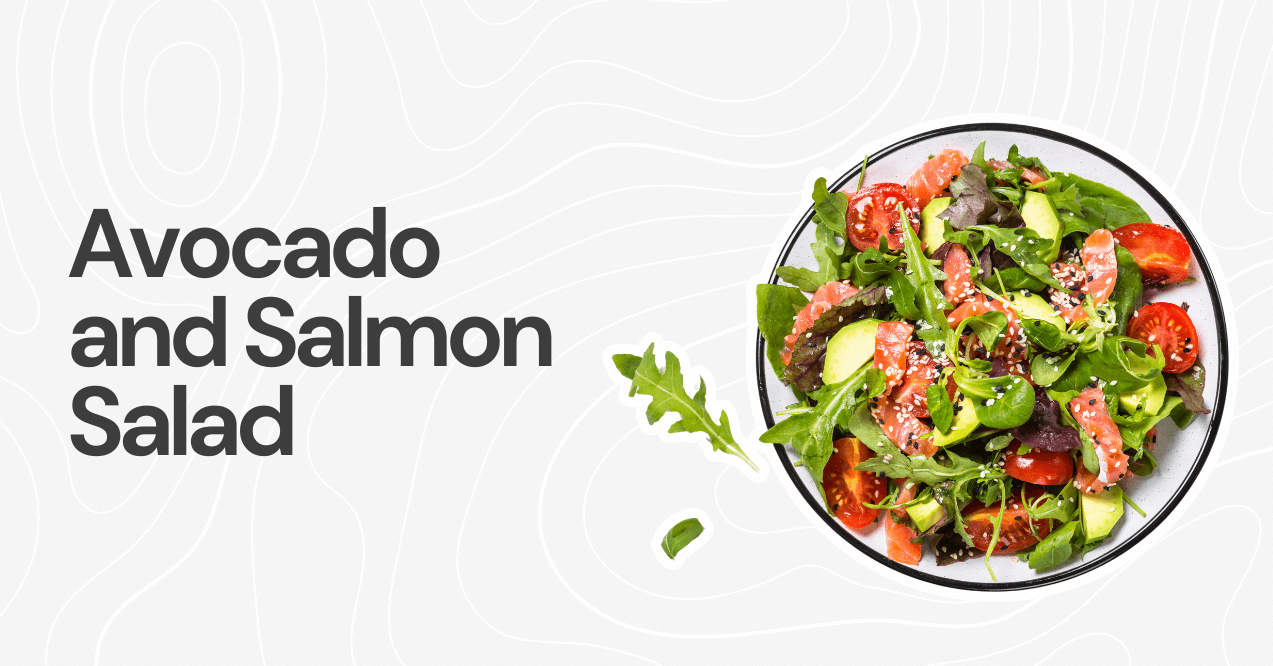Fast Metabolism Diet: How Does It Work?
The fast metabolism diet has gained popularity among those looking to boost their metabolism and lose weight. This diet promises not only weight loss but also increased energy levels.
The fast metabolism diet works by tapping into the body’s natural fat-burning ability. It focuses on eating a variety of foods to keep the metabolism running efficiently.
Some signs of fast metabolism include:
- Difficulty gaining weight despite eating a lot
- Constant hunger and cravings
- High energy levels throughout the day
- Heat sensitivity and sweating easily
- Regular bowel movements
The fast metabolism diet offers a range of options, from the popular colon cleanse smoothie to various recipes designed to support a fast metabolism. These recipes aim to provide the body with the nutrients it needs to function optimally and maintain a high metabolic rate.
If you’re interested in trying the fast metabolism diet, our guide provides evidence-based information on how it works and step-by-step recipes to help you get started on your journey to better health. By combining whole foods with superfood powders, performance supplements and using intermittent fasting calculators, you’ll have a well-rounded approach to boosting your metabolism and optimizing your health.
Key findings:

What Is the Fast Metabolism Diet?
Ever heard of the fast metabolism diet? In simple terms, it’s a diet that helps you lose weight by making your body burn calories faster through the increase of basal metabolic rate. Nice, right?
How does it work? Instead of telling you to eat less, like many diets, this one focuses on when and what you eat. The idea is to eat certain foods at the right times to boost your metabolism.
So, what’s different about this diet? It doesn’t just focus on losing weight. It wants you to feel energized and healthy. That’s why you’ll eat foods rich in vitamins and nutrients.
Here’s something interesting: today’s fast food and quick snacks have changed the way our bodies work. Eating them all the time can make us gain weight. But this diet believes we can get our bodies back on track.
The diet has three phases, each lasting two days. In each step, you’ll eat some foods and skip others. This keeps your body guessing and your metabolism fired up! Let’s dive in and learn how exactly this fast metabolism diet works.
How Does the Fast Metabolism Diet Work?
Ever wondered how the fast metabolism diet does its magic? Think of it like a fun food switch-up every week. This diet has a three-step system that changes what you eat to keep your body guessing. The goal? To keep your metabolism lively and help you lose weight. Let’s peek into each step and see how it all fits together.
Phase 1: Carbs, Our Energetic Friends
Let’s kick things off with the first phase of the diet, all about carbs and fruits. Lasting two days, this step is all about giving your metabolism a gentle nudge. We all know carbs are like our body’s fuel. Here, they tell our body, “Hey, there’s plenty of food!” This stops our metabolism from taking a lazy nap.
And then, there’s fruit! Filled with natural sugars and fiber, they pack nutrients and keep hunger at bay. The idea? Eating these foods fills up our energy storage and helps our body use sugar better.
During this stage, it’s recommended that you incorporate at least one aerobic exercise session.
Phase 2: All About Protein and Veggies
Next up, we’ve got Phase 2, lasting another two days, shining the spotlight on proteins and veggies. Why protein? Well, our bodies need more energy to digest proteins, so it elevates our metabolic rate. It might seem surprising, but that’s what the diet experts believe.
But it’s not all about the protein. We also bring in non-starchy veggies. They’re like nature’s multi-vitamin, giving us vitamins to boost metabolism, minerals, and fibers without piling on the calories. So, while our body gets a little detox, we also ensure we’re getting a good mix of nutrients.
During the second stage, it’s recommended that you participate in at least one strength-training session.
Phase 3: Welcoming Healthy Fats and More Food Diversity
Last but not least, Phase 3 is here, inviting in healthy fats and a colorful mix of foods like proteins, fruits, and veggies. Lasting another two days, this step is all about variety. Why? Because feeding our bodies different nutrients keeps our metabolism on its toes.
Good fats are more than just yummy; they’re vital for things like creating hormones and keeping our cells in top shape. By adding them here, our metabolism gets an extra boost, and we feel full and satisfied.
In a nutshell, this diet wants to keep our metabolism hopping. And hey, while we’re chatting about the diet, don’t forget about water. Drinking up is key through all these phases. It powers our metabolism and keeps us feeling great.
During this stage, you’re advised to choose a relaxation activity like yoga, meditation, or even a massage. The aim is to reduce stress hormones and enhance the flow of compounds that burn fat.
Recipes for a Fast Metabolism Diet
Thinking of diving into the fast metabolism diet? It’s all about cooking up some fun! The idea? Picking the right foods can get your metabolism zooming and help you shed those pounds. Ready to try some delicious recipes that fit the bill? Let’s dive in!
Morning Energy Bowl (Phase 1)

Ingredients
- 1 cup cooked quinoa
- 1 banana, sliced
- 1/2 cup mixed berries (blueberries, strawberries, raspberries)
- 1 tablespoon chia seeds
- 1 tablespoon almond butter
- 1 teaspoon honey (optional)
- 1/4 teaspoon cinnamon
Instructions
- In a bowl, layer the cooked quinoa.
- Top with sliced banana, mixed berries, and chia seeds.
- Drizzle almond butter and honey over the top.
- Sprinkle it with cinnamon for added flavor.
- Mix the ingredients before enjoying.
Berry Blast Fast Metabolism Diet Smoothie (Phase 1)

Ingredients
- 1 cup mixed berries (blueberries, strawberries, raspberries)
- 1/2 banana
- 1/2 cup unsweetened almond milk
- 1 tablespoon chia seeds
- Ice cubes
Instructions
- Blend mixed berries, banana, almond milk, and chia seeds until smooth.
- Throw some ice cubes in and blend again until the mix reaches the desired consistency.
- Add the smoothie into a glass and enjoy the refreshing flavors.
Grilled Lemon Herb Chicken With Roasted Vegetables (Phase 2)

Ingredients
- 2 boneless, skinless chicken breasts
- Juice of 1 lemon
- 2 cloves garlic, minced
- 1 teaspoon dried thyme
- Salt and pepper to taste
- 1 zucchini, sliced
- 1 red bell pepper, sliced
- 1 red onion, sliced
- 2 tablespoons olive oil
- 1 teaspoon dried rosemary
- Salt and pepper to taste
Instructions
- Marinate the chicken breasts in a mix of lemon juice, minced garlic, dried thyme, salt, and pepper.
- Grill the chicken until cooked through.
- Toss sliced zucchini, red bell pepper, red onion with olive oil, dried rosemary, salt, and pepper.
- Roast the vegetables until tender and slightly caramelized.
- Serve the grilled chicken with the roasted vegetables for a protein-packed meal.
Quinoa Stuffed Bell Peppers (Phase 2)

Ingredients
- 4 bell peppers, halved and seeds removed
- 1 cup cooked quinoa
- 1 cup cooked lean ground turkey or chicken
- 1/2 cup black beans, drained and rinsed
- 1/2 cup diced tomatoes
- 1/4 cup diced red onion
- 1/4 cup shredded low-fat cheese
- 1 teaspoon chili powder
- 1/2 teaspoon cumin
- Salt and pepper to taste
Instructions
- Prepare the oven to 375°F (190°C).
- Mix cooked quinoa, ground turkey or chicken, black beans, diced tomatoes, red onion, shredded cheese, chili powder, cumin, salt, and pepper in a bowl.
- Use the quinoa mixture to fill each bell pepper half.
- Put the stuffed peppers in a baking dish and cover with aluminum foil.
- Bake for about 25-30 minutes or until the peppers are tender.
- Remove the foil and bake for 5 minutes to melt the cheese.
- Serve the quinoa stuffed bell peppers as a satisfying and flavorful dish.
Avocado and Salmon Salad (Phase 3)

Ingredients
- 1 cup mixed greens (spinach, arugula, kale)
- 4 ounces grilled or baked salmon, flaked
- 1/2 avocado, sliced
- 1/4 cup cherry tomatoes, halved
- 2 tablespoons chopped walnuts
- 1 tablespoon extra-virgin olive oil
- Juice of 1 lime
- Salt and pepper to taste
Instructions
- Combine mixed greens, flaked salmon, avocado slices, cherry tomatoes, and chopped walnuts in a bowl.
- Drizzle extra-virgin olive oil and lime juice over the salad.
- Add flavoring with salt and pepper to taste.
- Toss the ingredients gently to coat them with the dressing.
- Enjoy this vibrant and nourishing salad as a satisfying meal.
Can “The Fast Metabolism Diet” Help You Lose Weight?
Navigating the world of dieting can feel like wandering through a maze. The fast metabolism diet offers a fresh twist: can your metabolism be a weight-busting ally? Let’s dig into the science and see what it says.
Metabolic Flexibility:
Metabolic flexibility is like your body’s superpower, effortlessly switching between different energy sources. Advocates believe that by rotating food groups, our metabolism stays sprightly, burning calories efficiently. And here’s something interesting: issues with this flexibility link to problematic blood sugar and weight management. This lends weight to the diet’s method of food cycling to enhance flexibility.
The Thermic Effects:
Different foods have varying “thermic effects” on our bodies. For instance, proteins pack a bigger punch in this department than fats or carbs. Have you ever felt slightly warmer after devouring a protein-heavy dish? That’s your metabolism in action. Studies show that diets rich in proteins can boost this warm feeling, leading to increased fullness and a potential reduction in weight.
Insulin Sensitivity:
The sugar-regulating hormone plays a crucial role in fat storage. Enhancing our body’s responsiveness to energy production can be a boon for weight management. Some studies suggest that specific diet modifications can improve this responsiveness, leading to more effective fat burning. And guess what? The fast metabolism diet’s focus on whole foods and complex carbs might be doing just that.
Try Metabolism Boosting Supplements
Looking for a new way to manage your weight and feel more energetic? You might want to peek at metabolism-boosting supplements. These handy little helpers are designed to rev up your body’s natural energy-making processes. And if you’ve ever wondered about giving your metabolism a reset, here’s your answer!
When you introduce these supplements into your daily routine, you’re feeding your body with specialized nutrients. Most of these supplements are a cocktail of vitamins, minerals, and other active goodies that play a vital role in producing and using energy efficiently.
Here’s one for the books! Trumeta Metabolic Reds blends organic ingredients like red superfruits, herbs, and plant extracts – all stars in the world of metabolism, endurance-promoting adaptogens and vitality. Incorporating these into your routine is all about making the most out of every calorie.

Final Thoughts
Delving into the multifaceted realm of dieting trends, the fast metabolism diet emerges as a distinctive and promising approach. Here are some key takeaways from our exploration:
Rising Star: Amidst various diets, the fast metabolism diet is gaining traction, offering a unique metabolic-focused pathway to weight reduction.
The Three-Phase System:
- Phase 1 (Carbs & Fruits): A two-day phase highlighting the importance of carbs and fruits. It aims to give metabolism a gentle boost by using carbs as fuel and leveraging the natural sugars from fruits.
- Phase 2 (Proteins & Veggies): This phase champions proteins and non-starchy veggies. Proteins elevate metabolic rate, while veggies provide essential vitamins and fibers without excess calories.
- Phase 3 (Diversity & Healthy Fats): This phase integrates healthy fats with a mix of proteins, fruits, and veggies. The goal is to keep the metabolism active with a diverse nutrient intake.
Beyond Weight Management: It promotes consuming nutrient-rich foods for overall well-being and energy.
Science-Driven Approach: Rooted in principles like metabolic flexibility and the thermic effects of foods, the diet harnesses these to aid efficient weight management.
Different Strategy: Distancing from mere calorie-restriction, this diet emphasizes when and what to eat, making it a refreshing dietary strategy.
In essence, the fast metabolism diet presents a fresh, structured, and scientifically-backed approach to dieting, focusing on stimulating the metabolism for holistic health benefits.
The Fast Metabolism Diet promotes a structured eating plan that focuses on providing the body with nutrient-rich foods at specific times. By alternating between different food groups, such as proteins, healthy fats, and complex carbohydrates, this diet supports sustained energy production throughout the day. The balanced intake of these nutrients ensures the body maintains efficient metabolism and helps revitalize energy levels naturally.
Yes, the Fast Metabolism Diet encourages healthy weight management by stimulating the body’s natural metabolic processes. By rotating food groups across three phases, the diet aims to enhance metabolic flexibility, ensuring the body burns calories efficiently. This approach helps support fat utilization and promotes a balanced nutrient intake, making it easier to maintain a healthy weight while enjoying a wide variety of foods.
The Fast Metabolism Diet includes three key phases designed to keep the metabolism active. Phase 1 emphasizes carbohydrates and fruits to boost energy. Phase 2 focuses on proteins and non-starchy vegetables to promote metabolic rate, and Phase 3 integrates healthy fats with diverse foods to sustain metabolism and overall well-being. Each phase lasts two days and plays a vital role in optimizing the body’s natural fat-burning processes.
Advertisement. This site offers health, wellness, fitness and nutritional information and is designed for educational purposes only. You should not rely on this information as a substitute for professional medical advice, diagnosis, or treatment. If you have any concerns or questions about your health, you should always consult with a physician or other health-care professional. Do not disregard, avoid or delay obtaining medical or health related advice from your health-care professional because of something you May have read on this site. The use of any information provided on this site is solely at your own risk.
Advertisement. This site offers health, wellness, fitness and nutritional information and is designed for educational purposes only. You should not rely on this information as a substitute for, nor does it replace, professional medical advice, diagnosis, or treatment. If you have any concerns or questions about your health, you should always consult with a physician or other health-care professional. Do not disregard, avoid or delay obtaining medical or health related advice from your health-care professional because of something you may have read on this site. The use of any information provided on this site is solely at your own risk.







